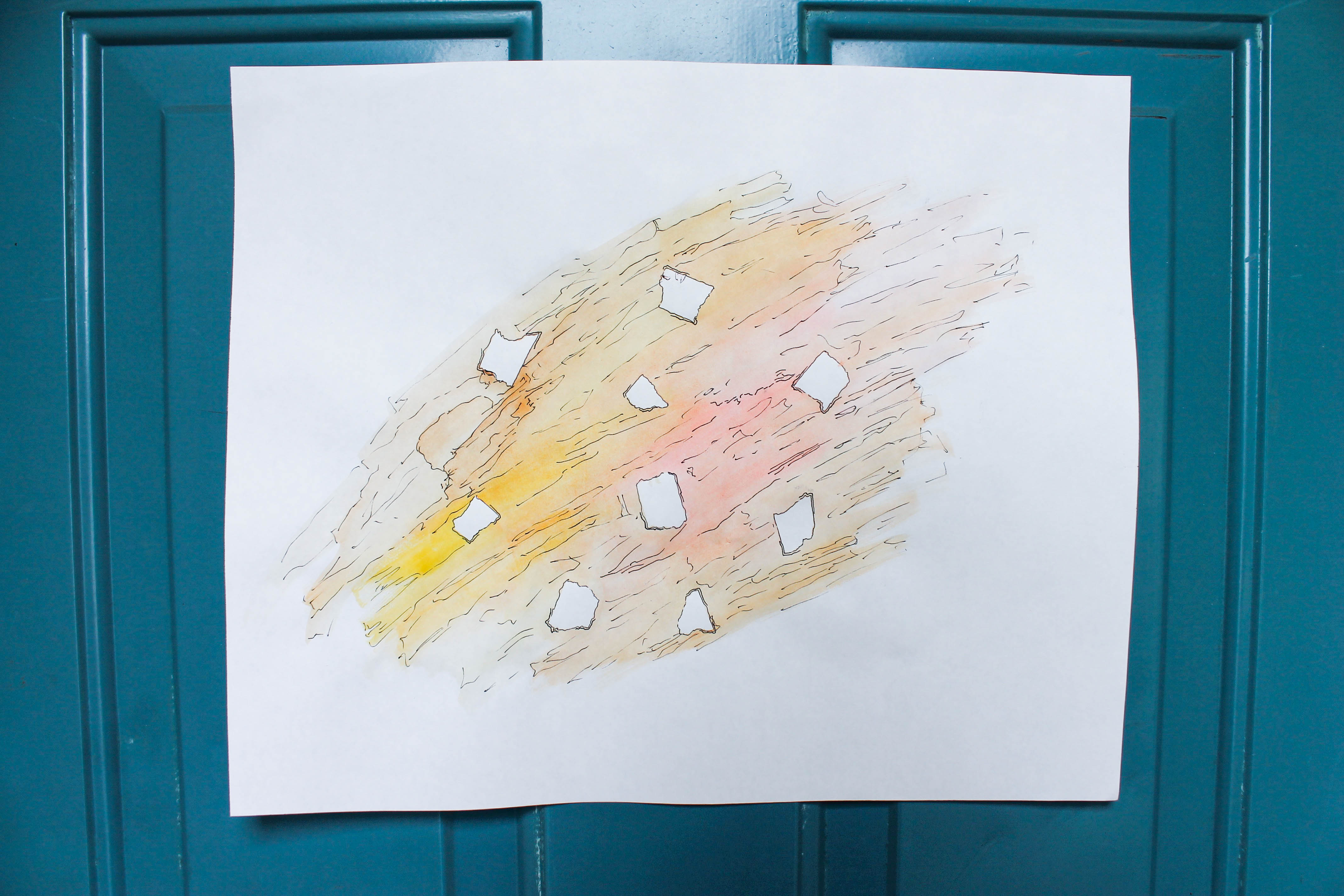Part 1: Based on the notes you took during class, write a brief description and response to each of the Faculty presentations.
Kim Garza
Kim spent 14 years as a graphic designer before becoming a professor. She’s currently working on two projects: an app and an experimental film. The app, Eventurist, was created for client FareCompare, by company Handsome. She was the UX designer on this project. She conducted 15 interviews with people who loved travel. She made a journey map and found a pattern people tend to go through when traveling. She then identified some “personas” of people who’d be motivated to travel, which kept the user in mind. She came up with 15 ideas presented to the client, and this led to 4 prototyped ideas. Then, some wireframes were made of Paid Time Off (PTO). These 4 prototypes were then user-tested with 8 individuals to see which made the most sense. The app went into production in Russia, and is now in the App Store. Her film project is an ongoing project she’s worked on for six years with her husband, who is a singer / songwriter. Her husband wrote original scores for the movie Til the Clouds Roll By and she created new footage for the music.
Tammie Rubins
Tammie is a ceramic sculptor. She thinks about chimera in art–a thing that is hoped / wished for, but is in fact illusionary. Her work is this idea between real and the imagined. She’s from Chicago, an urban grid-like environment (thus has a very managed relationship to the outdoors). She often uses cake piping tools to create her intricate works, the most recent being a series of cone-like shapes, implying communication (much like children do with tin-can telephones).
James Lam Scheuren
James is a photo professor at St. Edwards’ and went to grad school at UT. He’s interested in what people do without aesthetic intention, and created a photo series exploring this idea called Objects of the Lazy. He likes to think of his photographs as spandles. He uses a 4 x 5 field camera, as it produces a very large negative. He often photographs remnants of things — like many hands created something over time. He also uses pink, black lights to create more interesting images. In a recent gallery exhibition, his photographs were installed in a modular fashion to seem as if they were able to move (and were doing so). He doesn’t really plan out his photos–instead, he uses his iPhone to “sketch things out” and comes back with his camera when he finds something interesting.
Part 2: Reflection on this semester and course. Feel free to write any and all comments here. We want and appreciate your feedback (both positive and critical).
I really enjoyed this class–I found it very helpful to hear from current creative professionals what they were doing and how they “got there.” It’s made me consider my options as an art student much more widely and I feel I’ve made some solid connections outside of this class with the lecturers who made an appearance throughout the semester.









